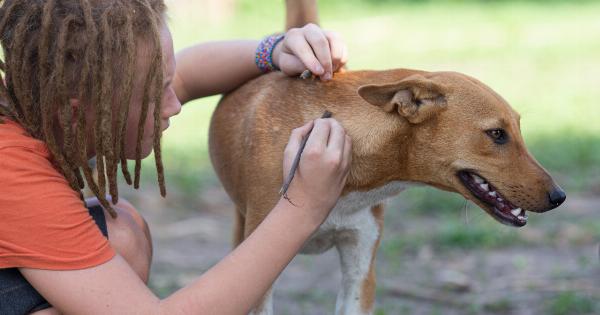Dogs are man’s best friend and they are an integral part of our lives. They offer love, companionship, and comfort, which is why we have an immense responsibility to ensure they are healthy and happy.
However, sometimes our furry friends may develop behavioral issues and while this is normal, it’s important to identify and address these issues promptly. In this article, we will look at three common behavioral issues in dogs and how to tackle them with ease.
1. Separation Anxiety
Separation anxiety is a common issue among dogs. This is when a dog becomes distressed and anxious when left alone or separated from its owner.
Symptoms of separation anxiety include excessive barking, destructive behavior, inappropriate urination or defecation, and drooling.
To tackle separation anxiety, it’s important to gradually desensitize your dog to being alone. Start by leaving your dog alone for short periods of time and gradually increase the duration.
You can also use treats or toys to make the experience more positive. It’s important not to punish your dog for its behavior as this can exacerbate the issue.
2. Excessive Barking
Dogs bark for various reasons such as fear, boredom, or to seek attention. However, excessive barking can be disruptive and annoying to both the owner and neighbors. To tackle excessive barking, it’s important to understand why your dog is barking.
If your dog is barking due to boredom, consider increasing its exercise and playtime. If your dog is barking due to fear or anxiety, address the underlying issue and consider seeking professional help.
Additionally, you can teach your dog a “quiet” command which you can use to stop excessive barking.
3. Aggression
Aggression in dogs is a serious issue that can be dangerous to both humans and other animals. There are various types of aggression such as territorial, fear, and dominance aggression.
To tackle aggression, it’s important to identify the type of aggression your dog is exhibiting.
If your dog is exhibiting territorial aggression, consider training it to be less territorial and socializing it with other people and animals.
If your dog is exhibiting fear aggression, consider addressing the underlying fear issue and desensitizing it to the fearful stimulus. If your dog is exhibiting dominance aggression, consider seeking professional help and training to establish firm leadership and boundaries.
Conclusion
Behavioral issues in dogs can be challenging to tackle but with patience, consistent training, and love, you can help your furry friend overcome these issues with ease.
Remember, it’s important not to punish your dog for its behavior and to always seek professional help if necessary.






























